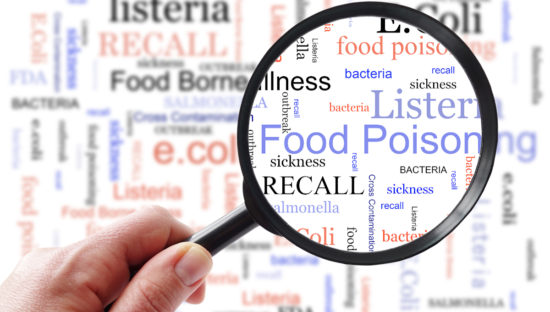An investigation of illnesses in New Zealand has revealed they were at least partially linked to a food establishment and food handlers.
Scientists investigated a cluster of 25 patients without recent travel history from Hutt Valley health district who had multilocus sequence type 131 OXA-48–producing E. coli from August 2018 to December 2022.
Eighteen were admitted to Hutt Valley Hospital but did not share a common ward or hospital service. Eighteen had visited the same community-based commercial food premises. The median age of patients was 74 with a range of 37 to 94 years old. Of the 25 patients, 18 were first detected from urine samples and 11 were associated with urinary tract infections. Carbapenemase-producing Enterobacterales (CPE) carriage is not a notifiable disease in New Zealand.
Researchers identified 44 ready-to-eat food premises in the exposure histories of 24 cases interviewed. Only two sites had been visited by more than three patients. Of those, one had been visited by 18 cases.
The time between their most recent visit to this establishment and collection of the clinical specimen that tested positive for OXA-48–producing E. coli ranged from less then one month to more than 48 months; 50 percent had been in the previous two- month period.
Identified issues during inspection
According to a study published in Emerging Infectious Diseases, the site was registered with the local government and commenced operation in 2017 providing ready-to-eat food.
An inspection revealed multiple hazards, mainly around staff hand hygiene. In November 2018, a visit revealed the kitchen handwashing sink was not being used because of negligible water pressure and obstructed access. Food handlers used gloves, but glove changes and hand hygiene measures were infrequent.
Chopping boards were used without apparent segregation between uncooked or cooked food, and equipment and food supplies were not well organized. Improvement notices were issued in June 2019 and November 2020 and a formal warning was made in September 2019.
No CPE was detected from surface swabs or food or water specimens in July 2019 or January 2021; however, non–OXA-48–producing E. coli were found in multiple sites, including frequently touched kitchen surfaces such as the microwave oven door handle and keypad, cash register, and service benchtop.
Stool specimens were obtained from 16 of 18 food handlers working in May 2019 and four were colonized with OXA-48–producing E. coli. Whole genome sequencing confirmed genomic links between patient and food handler strains, with possible introduction to New Zealand around 2017.
Testing in December 2020 of 11 staff members found one employee had OXA-48–producing E. coli. This person was one of three who had been working at the premises in 2019 and had returned a positive test at that time.
“This outbreak raises the possible role of community food premises as a source of CPE transmission. It also demonstrates challenges with controlling community CPE spread. CPE poses a daunting threat to the continued effectiveness of antibiotic treatment of gram-negative infections, and a greater understanding of the epidemiology of CPE in the community is required to develop comprehensive control strategies,” said scientists.
(To sign up for a free subscription to Food Safety News, click here)



